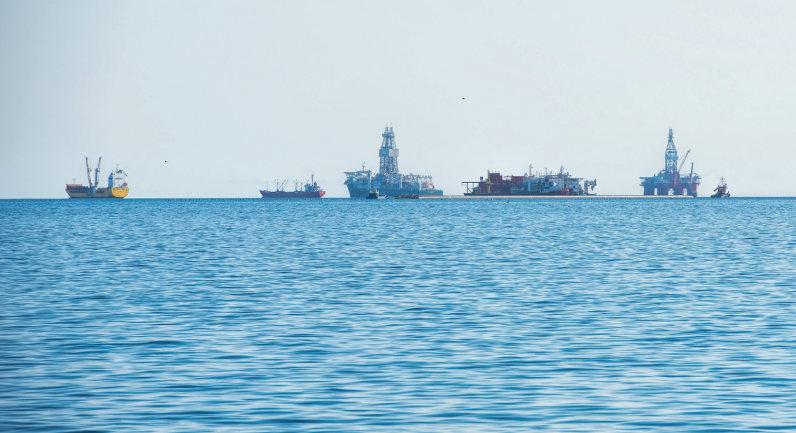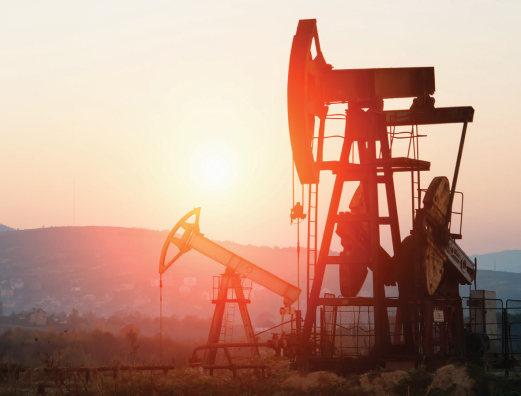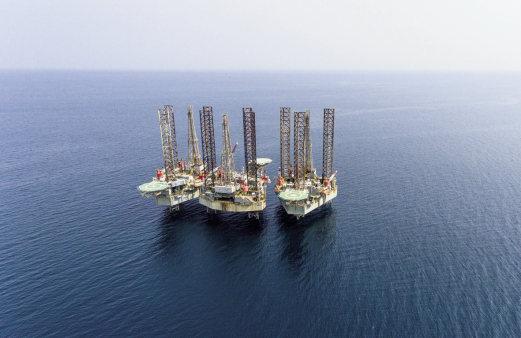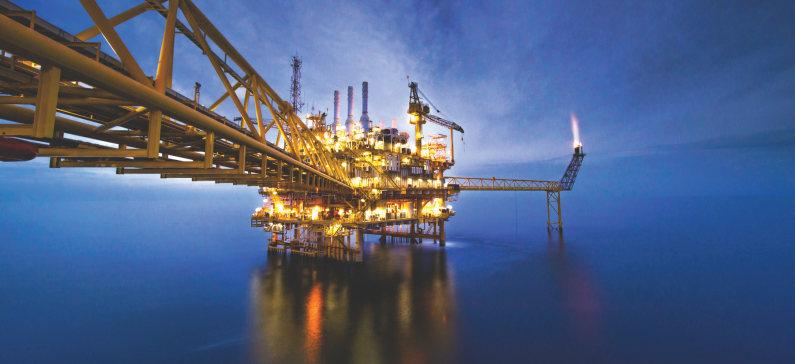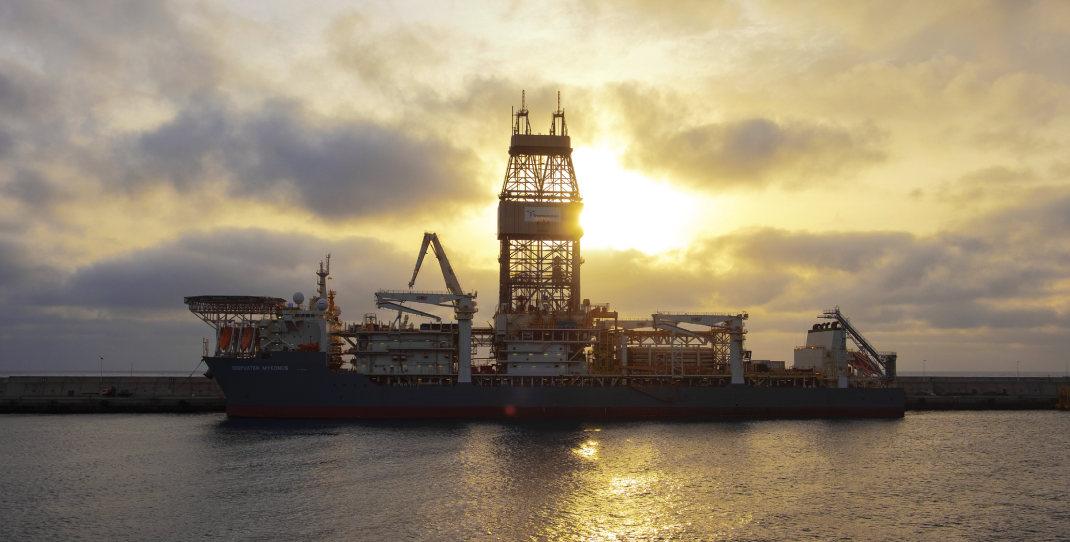
8 minute read
Artificial lift
SMARTER LIFTING TO INCREASE FLOW OUT OF THE WELL
Digital control and monitoring has accelerated the need to have ‘intelligent’ artificial lift to further raise performance. Therefore, reinventing artificial lift for a new era in the oil and gas industry is very much needed. Martin Clark reports.
AS AFRICA’S OIL industry has matured, so too has the quest for new solutions to improve production out of older fields and wells.
There is mounting interest in artificial lift systems that have proved their mettle in other production centres around the world, from the Middle East to the Gulf of Mexico.
Heavyweight industry players in this segment include the likes of Schlumberger, Weatherford and Baker Hughes, all of which continue to innovate to improve well reliability and performance and help bring down upstream lifecycle costs.
That’s no more important than today, in an era of subdued pricing and an unsettled outlook for the global oil and gas industry generally.
The advanced artificial lifting solutions are all set to bridging the gap between well conditions and the production requirements with software and services that optimise artificial lift based on the operators’ specific well and reservoir information, thus ultimately boosting the production. Advancements in the sector include electric submersible pumps (ESPs), progressing cavity pumps (PCPs), horizontal surface pumps, sucker rod pumps, gas lift, power systems and cables and many others.
Typically, artificial lift has meant the use of a mechanical device inside a well, such as an electrical submersible pumping (ESP), or velocity string, or by injecting gas into a well.
The aim is to increase the flow out of the well, which is especially significant in more mature fields as production begins to wane.
New technologies are also being rolled out, such as the continuous belt transportation method, which uses an oilabsorbing belt to extract liquids from more marginal wells, again, another important trend within Africa.
The use of real-time data is also integral to the performance efficiency of modern-day artificial lift solutions.
Digital control and monitoring has fuelled the emergence of ‘intelligent’ artificial lift to provide operators with a range of data to further raise performance.
Increasingly, these solutions are also being embedded into new production sites as well, as operators chase after marginal gains in an era of tough economics.
In Ghana, one of West Africa’s newest producers, Aker Energy is integrating artificial lift into its broad array of subsea systems for the development of the US$4.4bn Pecan field.
The scheme is centred around a floating production storage and offloading (FPSO) vessel and a subsea production system that will comprise up to 26 wells.
This will include 14 advanced, horizontal oil producers and 12 injectors with alternating water and gas injection, and the use of multiphase pumps as artificial lift, to maximise oil production.
The 110,000 bpd Pecan field, located in ultra-deep waters around 115km offshore, will become Ghana’s fourth producing oil field and marks the next phase of development for the prolific offshore Deepwater Tano / Cape Three Points block.
ENSURING OPTIMAL PRODUCTION WITH SUITABLE FLOW METER
Flow meters not only increase application reliability but also enable the measuring accuracy and service life of assets. Innovations are seen to accurately detect blockages of the float caused by impurities in the medium or by strong, repeated pressure surges.
FLOW MEASUREMENT IS critical in the upstream oil and gas sector for offshore and onshore activities including well testing, enhanced oil recovery, fractionation, completion and separation to recover and process crude oil and natural gas.
For example, during the exploration and drilling stages at the oil and gas fields, there is a need for accurate and dependable flow instrumentation to ensure optimal production.
When a shale gas reserve has been found, the initial stage of the extraction process is to pump the water-based solutions into the well to release the trapped gas. Here, flow monitoring is necessary to verify the outputs of hydraulic-driven equipment such as power units on drilling rigs and to monitor test machinery and tools for proper fluid flow rates.
Therefore, the choice of the most suitable flow meter to keep track of fuel gas to flare and acid gas measurements, as well as monitoring liquefied natural gas (LNG) during processing, transportation and storage is critical. Further, the adoption of automation across the oil and gas value chain has also had a major impact on the adoption of flow meters, thus owing to the greater need for efficiency and accuracy in the operation of these equipment. An integral part of oil and gas industry Significant developments and innovations have been seen in ensuring accurate flow measurements in the industry. Global manufacturer and provider of process instrumentation, measurement solutions and services KROHNE has introduced the OPTISWIRL 2100. The vortex flowmeter aims at basic utility applications in the process industries and is an economical solution for the measurement of liquids, (wet) gases, saturated and superheated steam where high accuracy is not required.
Also, in addition to the electronic device diagnostics, additional application diagnostics are now available for the H250 M40 variable area (VA) flowmeter, stated KROHNE. The existing NE107 device diagnosis is extended to include VA specific application diagnostics. The device now detects, for example, blockages of the float caused by impurities in the medium or by
OHNE Image Credit: KR
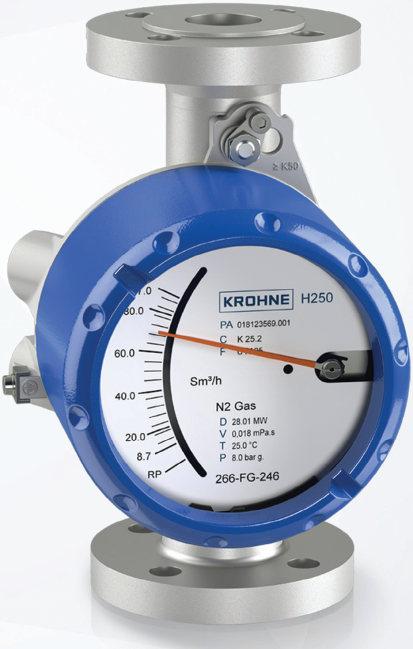
KROHNE’s H250 M40 variable area flowmeter is set to offer additional application diagnostics.
strong, repeated pressure surges. Pulsations in liquid measurements with positive displacement pumps or compression oscillations in gas measurements are also detected.
In February 2020, Badger Meter announced new hazardous area certification to ATEX/IECEx Zone 2 for the
Dynasonics TFX-5000 transit time ultrasonic flow meter.
TFX-5000 ultrasonic clamp-on flow and energy meters set to provide a versatile solution for measuring volumetric flow and heating/cooling rates in clean liquids as well as those with small amounts of suspended solids or aeration, such as surface water or raw sewage. Typical applications include water mains, reclaimed water, lift stations and booster pump stations in water and wastewater or the energy transfer of chilled water (cooling) and glycol/hot water (heating) in HVAC systems as well as produced water in oil and gas applications.
The TFX-5000 meter is specifically developed for fluid flow metering and heating/cooling energy measurement and can be employed for a host of data logging tasks. Users can select up to eight parameters to log, including flow rate and total, signal strength, and alarms with a time/date stamp to an eight GB microSD (Secure Digital) card. It also features helpful diagnostics that take the guesswork out of isolating process or application problems. Users are alerted to out-of-specification flow conditions and can access history with the most recent alarm, error and event codes.
WHAT LESSONS CAN BE DRAWN FROM THE MV WAKASHIO INCIDENT?
After a ship ran aground and released an alarming amount of oil into Mauritius’ waters, Rubesh Doomun, on-demand lawyer of Centurion Plus, discusses the legal provisions currently in place.
THE MV WAKASHIO, which bore the Panama flag, and had Japanese companies listed at its owners, had come to an inglorious end. Furthermore, the efforts of the crew members to prevent the oil onboard the tanker from spilling into the Mauritian waters failed dismally. The local fishermen have since been wallowing in disappointment and pessimism.
The Merchant Shipping Act 2007 (MSA) applies to every ship in any place within Mauritius waters, but excludes a naval vessel. Hence, the MV Wakashio, which was sailing in an environmentally sensitive area off the east coast of Mauritius, will most likely be deemed to be within territorial sea, which is legally defined as being the sea between the baselines and a line of which every point is at a distance of 12 nautical miles from the nearest point of the baselines.
At the time of the grounding, the ship was reported to have contained approximately 3,894 tons of fuel oil, 207 tons of diesel, and 90 tons of lubricant oil on board. The Merchant Shipping (Prevention of Pollution by Oil and Noxious Liquid Substances in Bulk) Regulations 2019, which are regulations made under section 228 of the MSA, provide for the International Convention for the Prevention of Pollution from Ships 1973, its Protocols
The IMO is helping to mitigate the impacts of the MV Wakashio oil spill in Mauritius.
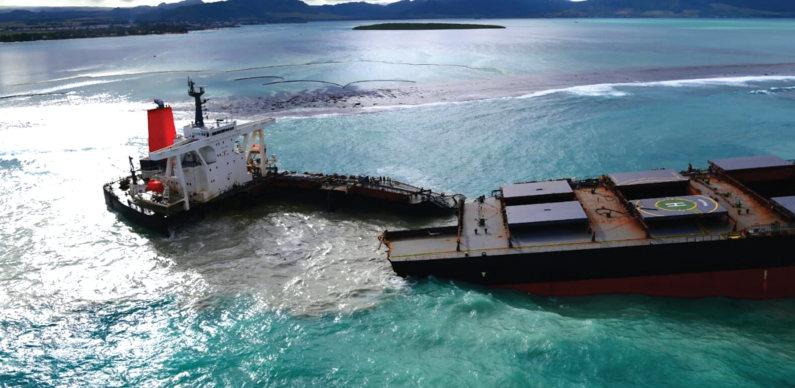
and Annexes I and II to have force of law in Mauritius.
Regulation 24 of the Regulations provides that where a foreign ship in Mauritius is involved in an accident, the master or owner of that ship shall report the accident immediately to the director of Shipping in Mauritius and to the state where the ship is registered. The director may then decide whether a survey is required.
It is further stipulated by the Regulations that the discharge of oil/oily mixture into the sea shall be prohibited unless it results from the damage to the ship or to its equipment provided that two conditions are met. First, all reasonable precautions were taken after the occurrence of the damage or discovery of the discharge to prevent or minimise the discharge. Secondly, neither the owner nor the master acted either with intent to cause damage or recklessly and with knowledge that damage would probably result.
Therefore, should the survey required to be carried out by the director reveal that any of the above two conditions were not respected, and the director is satisfied that the evidence so warrants, he may cause proceedings to be instituted against the owner or master of the ship and may detain the ship. The director may further cause a physical inspection of the ship to be undertaken to gather evidence relating to the suspected violation, where either the ship has refused to give information or the information supplied by the ship is manifestly at variance with the evident factual situation.
The Environment Protection Act and the Civil Code provisions also cater for civil liability in this case. Therefore, this leaves plenty of room for any civil action.
Now that the cleaning process is at full throttle, the issue of civil liability will soon be on the table. The coming weeks loom ahead with some question marks. The Japanese owners have publicly extended their apologies for the ecological disaster suffered by Mauritius. They have also reassured the country that they take at heart the protection of the environment. But what this would mean in terms of compensation remains to be seen.

